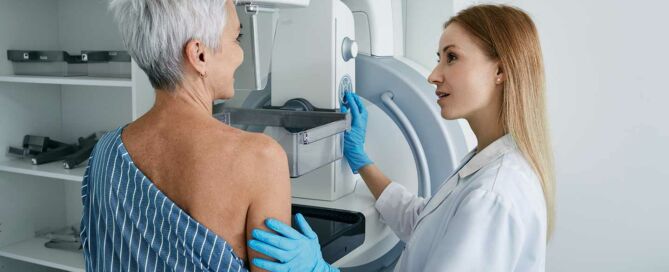Practice acquisition in radiology: Stepping into self-employment successfully
For many radiologists, a practice acquisition is an attractive option for realizing the dream of self-employment. However, buying a medical practice also means becoming active as an entrepreneur - with all the obligations, opportunities and risks. Taking the step into self-employment should therefore be carefully planned and systematically implemented. This article provides initial guidance on what to consider when taking over a radiology practice.










